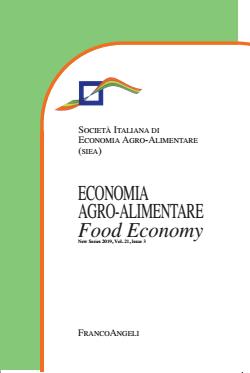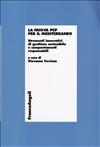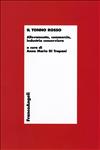
The paper aims to determine the possible competitive advantage for farms thatadopt a short supply-chain strategy. In particular, by carriying out an analysis of asample of fruit and vegetable farms, we wanted to find out how the business relatesto the market and the reasons that induced the entrepreneur to move into a shortsupply-chain set up. The study was prompted by the wish to determine, empirically,the economic benefits arising from the adoption of the short supply chain. In fact,there is a vast literature on the economic benefits produced by the short supply chainsuch as the demand stability due to customer loyalty and the ability to influencedirectly the price through the reduction of production costs, especially oftransportation and packaging ones. In addition, the farmer may obtain greaterremuneration of production factors, re-appropriating a portion of the value thatusually gets eaten up during the various stages of the supply chain system, thusbecoming price-maker (Saccomandi, 1999). In particular, we focused our analysis ondetermining the net income of the entrepreneur who decides to pursue a shortsupply-chain strategy by comparing it, using the same parameters, with farms wherethere is not a short supply chain. From this empirical analysis it emerges that theshort supply-chain cannot be the only way to sell farm products, as it absorbs only apart of production. Nevertheless, it enables the entrepreneur the recoup a greaterproportion of production costs.


